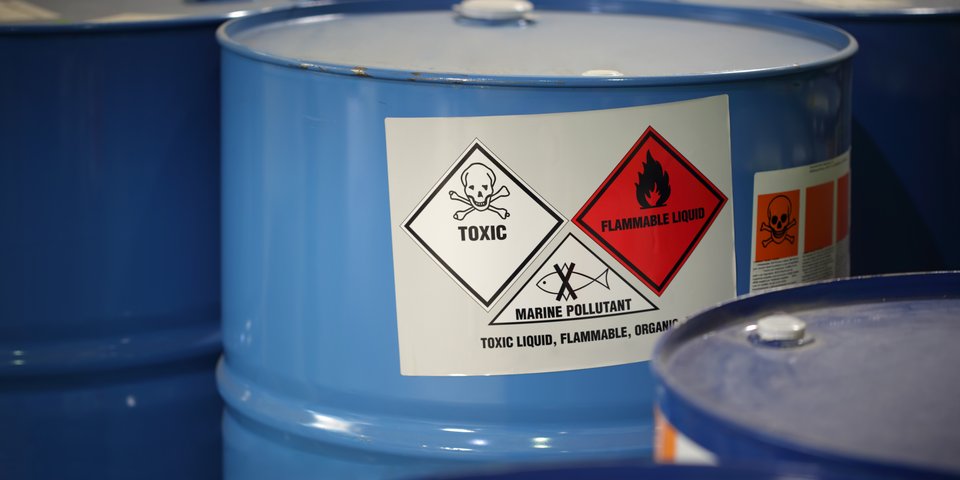 iStockphoto/tunart
iStockphoto/tunartCarcinogens and mutagens at work: new exposure limits approved
The European Parliament and Council have agreed on new or stricter workplace exposure limits for several carcinogenic chemical substances.
SW – 07/2017
New exposure limits will be set for eleven carcinogens that are not currently included in the 2004 Directive. These are: respirable crystalline silica dust, 1,2-epoxypropane, 1,3-butadiene, 2-nitropropane, acrylamide, certain chromium (VI) compounds, ethylene oxide, o-toluidine, refractory ceramic fibres, bromoethylene and hydrazine. As a result of new scientific data, the exposure limits for vinyl chloride monomer and hardwood dusts will also be revised.
The changes were agreed on 11 July 2017 by the Council’s Permanent Representatives Committee and the European Parliament, thus approving the provisional agreement on the carcinogens Directive (Directive 2004/37/EC) from 28 June. The revised Directive will be formally adopted by the Council at a later point.
Background
The Commission started the revision of the Directive on carcinogens and mutagens in 2008, culminating most recently in two revision proposals.
In May 2016, it presented the first proposal for how to reduce exposure in the workplace to 13 carcinogenic substances by adding and modifying exposure limits in the Directive. These exposure limits specify the maximum concentration at which a chemical carcinogen may be present in the workplace.
The second proposal resulted from an initiative in January 2017 to improve the health and safety of workers. This included setting workplace exposure limits or other measures for an additional seven cancer-causing chemical substances (DSV reported on the proposal from May 2016 and on the initiative from January 2017).
Both proposals could help prevent up to 100,000 work-related deaths over the 50 years. According to the World Health Organization (WHO), cancer is the second most common cause of death in most developed countries. In the European Union, cancer is also the most frequent cause of work-related deaths. 53% of work-related deaths are attributable to cancer every year. Even though cancer is a complex disease whose causes are difficult to establish, it is clear that work-related cancers can be prevented by reducing or avoiding exposure to carcinogenic substances.
Outlook
Agreement on the Commission’s second proposal from January 2017 is still outstanding. The Commission is already working on a proposal for an additional group of chemical substances which will be published early next year.
To view the Council’s press release and the specific exposure limits, click here.
